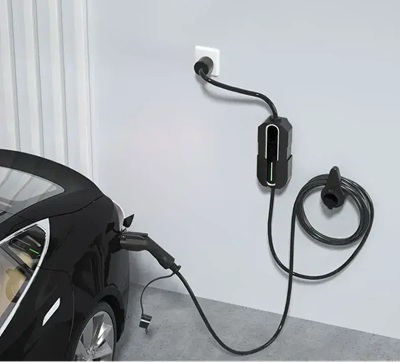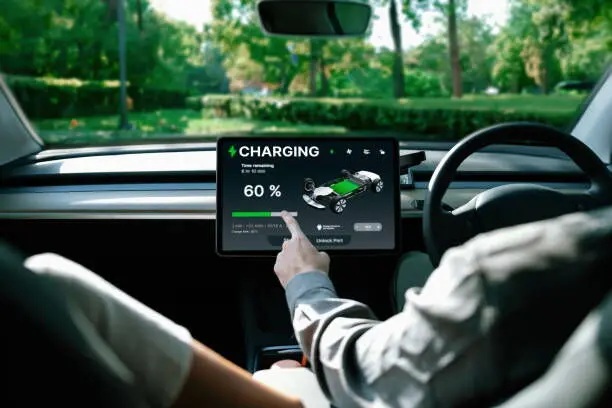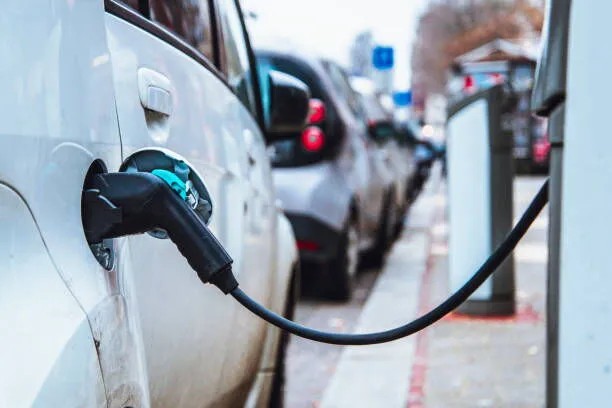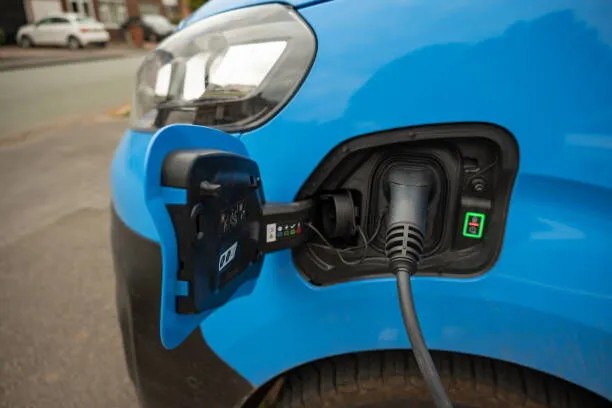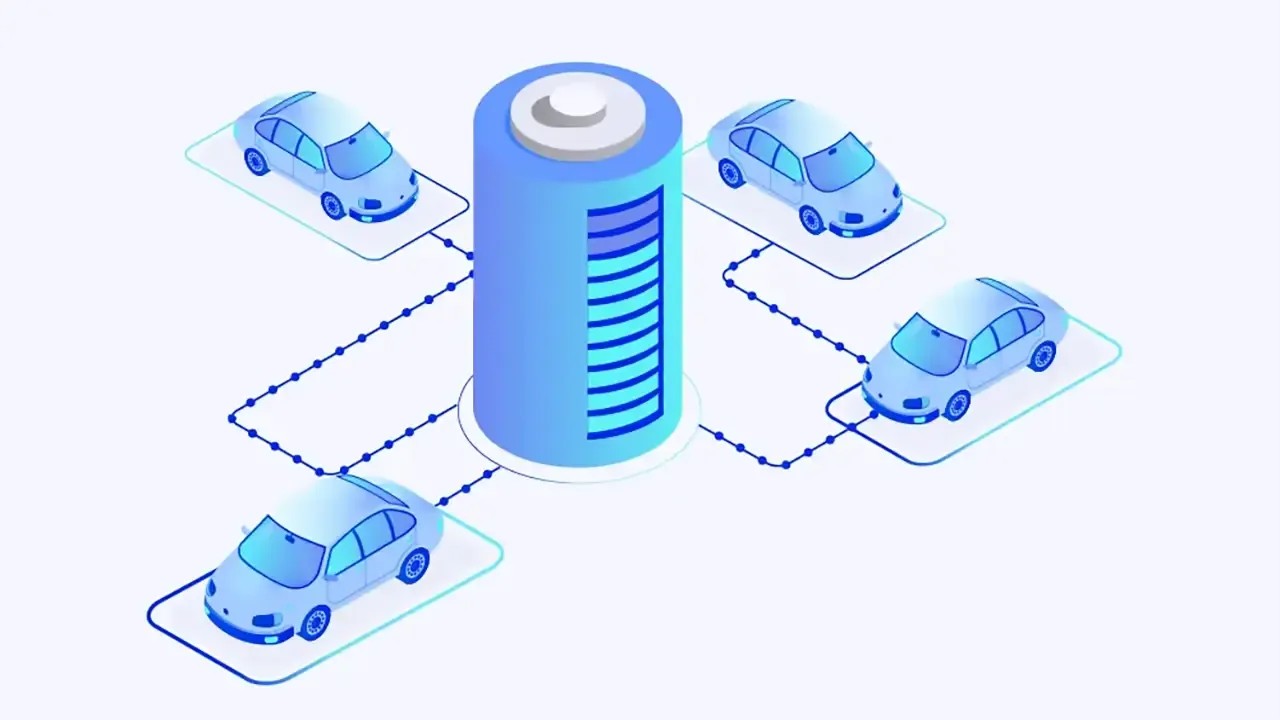How to Build a Future-Proof and Sustainable EV Charging Business
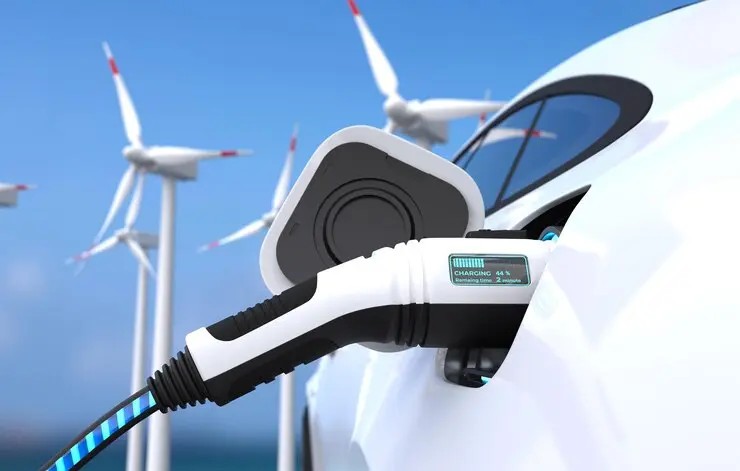
Strong 8k brings an ultra-HD IPTV experience to your living room and your pocket.
Introduction
Electric vehicles (EVs) are seen as a vital solution in the fight against climate change, offering a cleaner alternative to traditional gasoline-powered vehicles. However, as the number of EVs on the road increases, a crucial question arises: how sustainable is EV charging itself?We are a leading control valve manufacturer in China, delivering high-performance valves and control actuators engineered to meet a wide range of industrial applications.
The good news is that EV charging is already far more sustainable than gasoline fueling, even with the current energy mix. While fossil fuels still dominate the global energy supply, renewable energy sources like solar, wind, geothermal, nuclear, hydro, and tidal power are gaining ground. Charging EVs with renewable energy can drastically reduce carbon emissions.
The International Energy Agency (IEA) reports that although only 36% of the world’s energy comes from low-carbon sources, this figure is rising rapidly. Over the next five years, renewable power capacity is expected to grow by 2,400 gigawatts — equivalent to China’s current total power output. By 2027, more than 90% of new electricity will come from renewable sources, leading to a significant reduction in emissions and bringing the transportation sector closer to carbon neutrality.
Building a Sustainable EV Charging Business
With EV adoption growing, businesses have an opportunity to build sustainable and profitable EV charging infrastructure. However, success in this emerging market requires a thoughtful and strategic approach. Here are some key practices to build a future-proof EV charging business:
1. Select the Right Location
Choosing the right site for your EV charging stations is critical to long-term success. Key considerations include:
Market Relevance: Select locations with a high concentration of EV users, such as busy commercial areas, highway rest stops, or residential neighborhoods with strong EV adoption.
Scalability: Plan for future growth by selecting sites that offer space for expanding infrastructure as demand for EV charging increases.
Technological Flexibility: Ensure the site can accommodate upgrades to faster and more efficient charging technologies as the industry evolves.
2. Prioritize Safety and Ease of Maintenance
The installation of EV charging stations must be done with safety and ease of maintenance in mind. Consider the following:
Clear Signage: Ensure proper signage to guide customers safely around the site, minimizing disruption to existing business operations.
Maintenance Access: Design the station infrastructure for easy service and maintenance to minimize downtime and operational inefficiencies.
Proactive Safety Protocols: Use data from the network to predict maintenance needs and address potential safety issues before they arise.
3. Leverage Data for Efficiency
Once your charging stations are up and running, monitoring performance and analyzing data will be key to improving efficiency and profitability. Focus on:
Performance Monitoring: Track metrics like uptime, energy consumption, and transaction volumes to optimize station performance.
Revenue Optimization: Use data to understand usage patterns and implement dynamic pricing models to maximize revenue.
Energy Management: Consider integrating renewable energy sources, like solar panels, to reduce costs and environmental impact.
4. Future-Proof Your Infrastructure
To stay competitive, your infrastructure should be adaptable to future trends in technology and demand. Key strategies include:
Upgrade Capability: Design your network to accommodate future upgrades, such as higher-capacity wiring or additional chargers.
Modular Design: Use modular components that can be easily swapped out or enhanced without disrupting service.
Interoperability: Ensure compatibility with various EV models and charging standards to accommodate diverse user needs.
5. Stay Informed and Engaged with the Industry
Remaining connected to the latest developments in the EV charging industry is crucial for long-term success. Steps to stay ahead include:
Networking: Attend industry events, join associations, and engage with experts to stay informed on best practices and emerging technologies.
Training and Development: Continuously train your team to stay updated on the latest advancements in technology and safety standards.
Regulatory Compliance: Regularly review regulations to ensure your charging infrastructure remains compliant with evolving standards.
Sustainability Beyond Charging
Sustainability in EV charging extends beyond just powering vehicles. Implementing circular economy principles can further reduce environmental impacts. For example, using recycled materials in the production of charging stations and offering battery recycling programs can minimize waste and promote resource conservation.
Additionally, partnerships with renewable energy providers can ensure your stations run on clean power, creating a fully sustainable charging ecosystem. As renewable energy grids become more robust, integrating on-site energy storage solutions can further enhance reliability and reduce strain on the power grid during peak times.
Conclusion
As the world embraces electric vehicles, the infrastructure supporting them must evolve to ensure long-term sustainability. By selecting the right locations, designing with safety and maintenance in mind, leveraging data for efficiency, and staying engaged with industry trends, businesses can build a successful and sustainable EV charging network.
As renewable energy continues to grow, integrating clean power into EV charging stations will play a significant role in reducing carbon emissions and creating a more sustainable transportation system. The future of mobility lies not only in the vehicles themselves but in the infrastructure that powers them. With the right approach, businesses can help drive the transition to a cleaner, greener world.Know more about Google SEO Directory
Note: IndiBlogHub features both user-submitted and editorial content. We do not verify third-party contributions. Read our Disclaimer and Privacy Policyfor details.



